An orchid can drop flowers for many reasons - due to a change in habitat, lighting problems, inappropriate temperature, improper care. This is the first sign that something is wrong with her and she needs help with treatment. The flowering time of orchids lasts about four months, after which the buds begin to fall off on their own. But if this happens ahead of time, then it's time to worry. In this case, it is worth analyzing errors in care, identifying the reason why the orchid's flowers fall.
Content
Age and Lighting
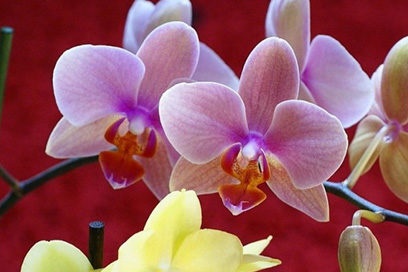
Even if the plant is well looked after, this does not mean that it will bloom forever. If phalaenopsis is already more than seven years old, then even with additional fertilizers its flowering will be reduced to two months. Therefore, an orchid should be bought only in flower shops, where you can ask its age, as in large supermarkets you will not know this and you will have to navigate by the type of plant. If the orchid has already dropped buds, then this indicates the approach of the end of its development. However, one must remember that flowers are also subject to the natural aging process.
She tries to bloom until the end of her life period, but there is simply not enough strength for full development and therefore the flower:
- throws an arrow;
- forms buds;
- and then it dries up before it even has time to blossom.
If the care was careful, but the flowers still showered, then it's time to remember how old the orchid is.
If the buds of an orchid fall, then perhaps there is a lack of lighting in the room. When purchasing a plant from a store, it must be borne in mind that the lighting is done better there and, being in a new place after purchase, the flowers may fall. Much less light will fall on the flower if it stands far from the window and even tulle can become an obstacle to sunlight, especially in winter. Therefore, a suitable place should be selected in advance so as not to cause stress and not to provoke shedding of flowers. If there is not enough light in the room, then the plants fall off the flowers, and then the buds wither.
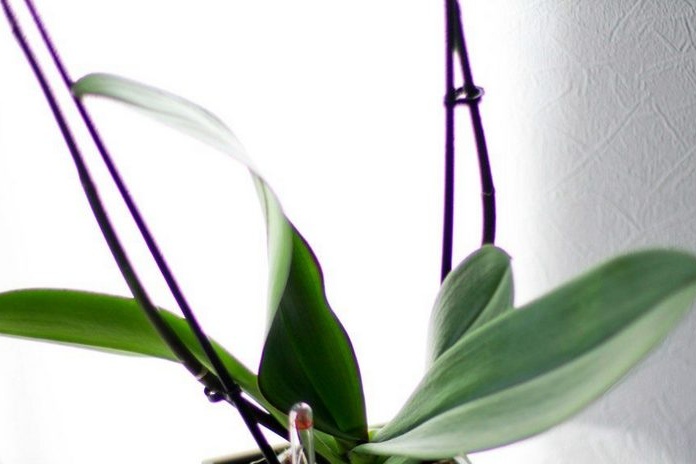 You may be interested in:
You may be interested in:Temperature and humidity
Orchid is a culture from the humid tropics that loves warmth but does not tolerate dry air. This means that the room in which the plant is located needs to be ventilated from time to time, but with extreme care. In summer, everything is much simpler, and you can simply put the orchid on the balcony or on the street.
The cause of overheating may be if the flower is too close to the air heaters. In this case, it must be pushed in the opposite direction of the windowsill or completely put in another place. But it is also undesirable to allow hypothermia of such a tender plant, because this will lead to leaf falling. This can happen if the room is cold or it was just aired for several minutes, and the orchid picked up a draft. Therefore, the room must be carefully ventilated, especially in winter, so that there are no negative consequences for the flower.
If the orchid has fallen off all the buds, then the reason may be dry air. Where it comes from, the humidity level is located at around 60%. To maintain this level, you need humidifiers or put moistened sand next to the flower. Under the influence of sunlight, moisture evaporates from it, which leads to its increase around the plant. But you can increase it simply by spraying with filtered water from a spray bottle. In this case, you need to carefully monitor that drops of moisture did not get on the leaves and buds, otherwise this will lead to their decay.
If the land in the container with the orchid is constantly dry, then the reason is the lack of watering, and if waterlogged - it means it was too frequent:
- Wrong watering First of all, it will affect the roots of the plant, which will begin to dry out or rot, depending on the watering.
- The surviving part of the root system will not be able to give the flower all that would help it develop normally.
- The plant will begin to distribute moisture from the flowers and buds to the stem and leaves, as a result of which in the first case there will be nothing left for further flowering and the plant will gradually dry out.
Experienced flower growers determine the time for the next watering themselves, by touch. When touching the soil, it should be only slightly moistened, but, in no case, not dried and not with excess moisture. A significant detail in the process of irrigation is the fact that the water for it should be warm.
There are times when flowers and buds get sunburn. In the summer, the plant is constantly at risk of wilting, since the root system sometimes does not receive the right amount of water and dehydration begins.
Stress and damage
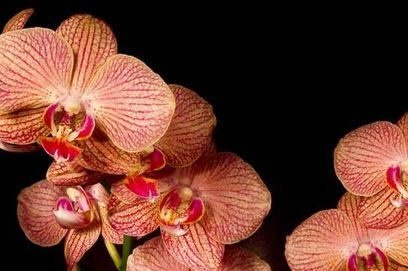
A change in habitual conditions can also be the reason if the orchid has fallen flowers. In this case, the flower is put back in place or they try to recreate the conditions that he had before the permutation, because then he will begin to come back to life and bloom again. It is because of this that orchids are not rearranged, and during flowering they are not touched at all. From poor access to light and inappropriate air temperature, the plant can also get stressed and begin to crumble.
If buds fall off at phalaenopsis, then you can put fruits and vegetables nearby. They contain ethylene gas, which, on the contrary, is useful for growth and contributes to the speedy opening of buds. A similar effect has a cut bouquet, which gradually begins to fade.
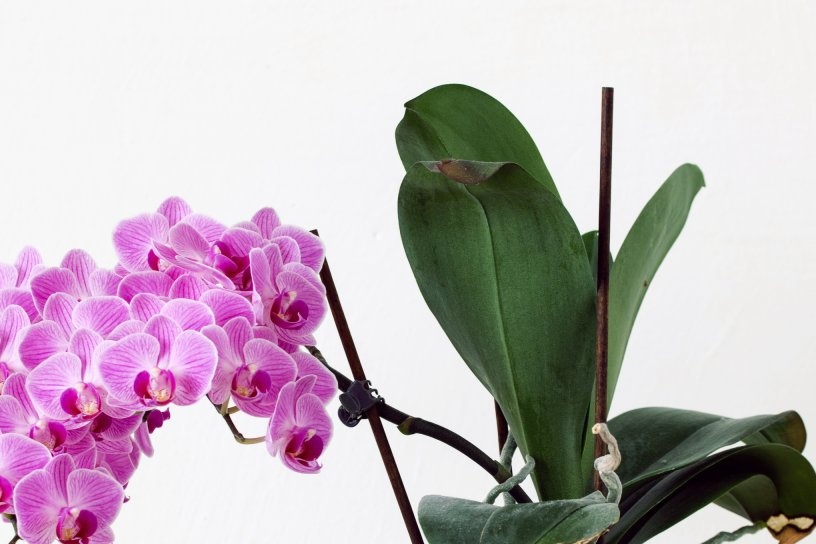 You may be interested in:
You may be interested in:The reason that the orchid drops flowers is because then the flowering period of it quickly ends and subsequently the plant withers. To prevent such accelerated aging from happening anymore, apples and other fruits and vegetables are not placed next to the phalaenopsis.
The reason may be the article and damage:
- Brown and black spots appear on the flowers and buds if caught.
- Damage to the leaves can be transported if the pot accidentally fell or the plant was found by pets.
- Due to such injuries, the leaves of the flower turn yellow, and it dries out.
Behind the orchid you need to carefully watch and protect from injuries, because you can’t do anything with the damaged parts, and you just have to cut them off.
Pests and Infectious Diseases
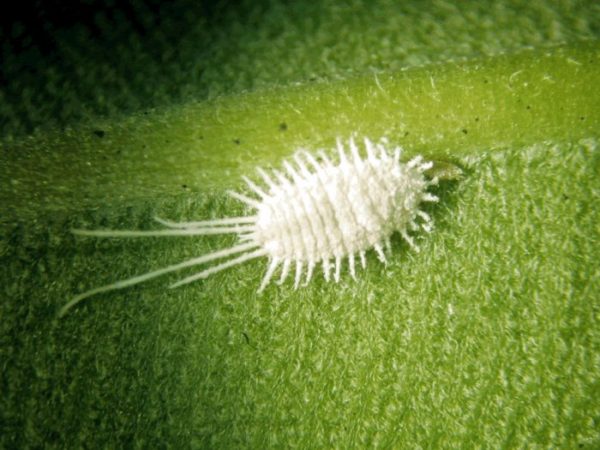
If you do not do the treatment on time, there is a risk that the plant will die from pests or infectious diseases.Orchidists should know that fungal spores cling to hands, clothes and are carried by air.
Therefore, when this disease appeared, the plant must be isolated from the rest of the flowers and deal with its treatment. Usually, among the common reasons why flowers fall from orchids are various types of rot and pests:
- Gray rot is found in young plants, covering their leaves with brown spots. Such a problem appears due to waterlogging of the soil and lower air temperature.
- Black rot covers the trunk with black spots. When the orchid just got sick, it can still be cured by cutting off the damaged roots and dusting the cut places with wood ash. But if there are a lot of spots, then the plant can no longer be saved and it will be necessary to get rid of it so that the infection does not spread to other flowers.
- Brown rot covers the leaves with brown spots and the roots rot from it. Such a problem appears due to waterlogging of the soil and high air temperature. As a preventative measure, a flower can be transplanted into another land and simply looked after.
- Worm is a pest that appears due to the multiplication of parasites. It can be seen in the appearance of the leaves and root system. Get rid of it will help special or folk remedies. In addition, there are several preventive methods that will save the plant from pests in the future.
Parasites and various infectious diseases always harm flowers. When they appear, the most important thing is to save the yellowed leaves and roots. To preserve the strength of the orchid before and after treatment, many gardeners recommend cutting off the color arrow, since a lot of energy is spent on flowering when the flower needs to be restored. In order to protect the orchid from future diseases, it needs to provide comfortable conditions and attentive care, which will provide the plant with good immunity. When a flower becomes ill, you need to worry about it as a whole, and not just that all the flowers have been discarded. Such behavior will save the orchid, and it will bloom again.
Methods of preventing and rescuing a peduncle
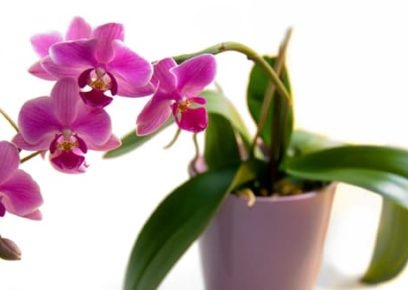
If the orchid has dropped flowers, what to do next depends on the cause and related symptoms:
- With a lack of sunlight in autumn and winter, install fluorescent lamps, which are able to artificially extend the daylight hours.
- If the green roots turn gray and there is no condensation on the walls of the orchid container, then the flower needs watering. The main thing is not to overfill or dry the soil.
- If the stem has turned yellow, and the plant has overheated, then it needs to be rearranged to another place from the heating devices. This will save the orchid from dry air.
- If a temperature is observed in a room with a flower, then it must be sprayed. Periodic spraying of the entire stem will help the plant not dry out.
- You can not leave the orchid in the sun, otherwise the burns will appear on the leaves. It is best to place the flower in a shaded place or to make a barrier from bright light with the help of reflective paper.
Fertilizer is equally important for every flower growing in pots. Without additional fertilizing, they will not be able to get the necessary elements for development and will not bloom - this is not enough strength. It is necessary to feed the stem at the moment when the flower begins to grow with green leaves and releases a flower arrow. If the orchid drops its buds, fertilize in this way:
- leave it for some time in water so that the beneficial components are absorbed into the root system as best as possible;
- then dilute the fertilizer in water and keep it in such a solution for another 20 minutes;
- after time, remove the container, and let the water drain.
Phalaenopsis does not like this, so you need to drain the solution every time it appears. Fertilize the plant with root dressings once every couple of weeks, and use foliar between them, but the simultaneous use of both dressings is not advisable. If you use everything correctly and according to the instructions, then the fallen buds are replaced with new ones.
Everyone who wanted to buy a flower immediately became fans of this plant, and some flower growers also engaged in collecting different varieties. If the necessary conditions are not provided, then soon the buds will disappear. So that the phalaenopsis does not take off its last leaves, it is necessary to carefully care for it, and then the orchid will become more magnificent and magnificent.
The reasons why the flowers fall from the orchid are clarified, as well as how to predict them. And in order for the plant to bloom again, you need to follow the rules of care: to provide the necessary illumination, to water and fertilize with fertilizers on time, to keep in comfortable conditions.

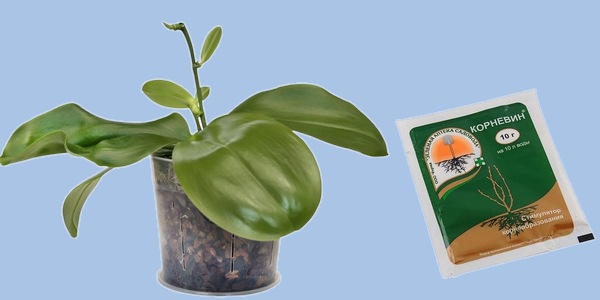
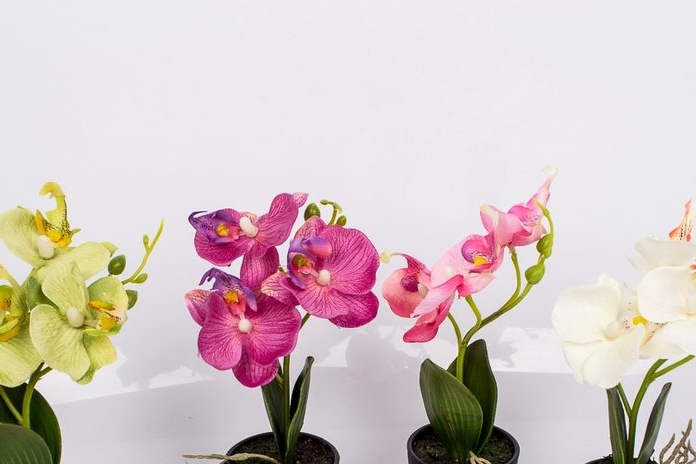
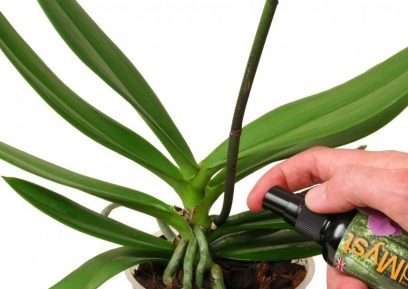
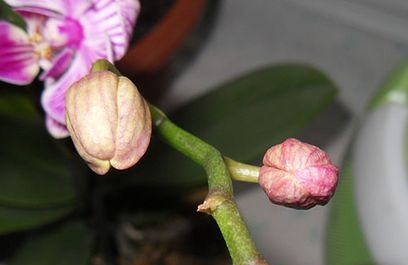 Reasons why orchids fall flowers and what to do
Reasons why orchids fall flowers and what to do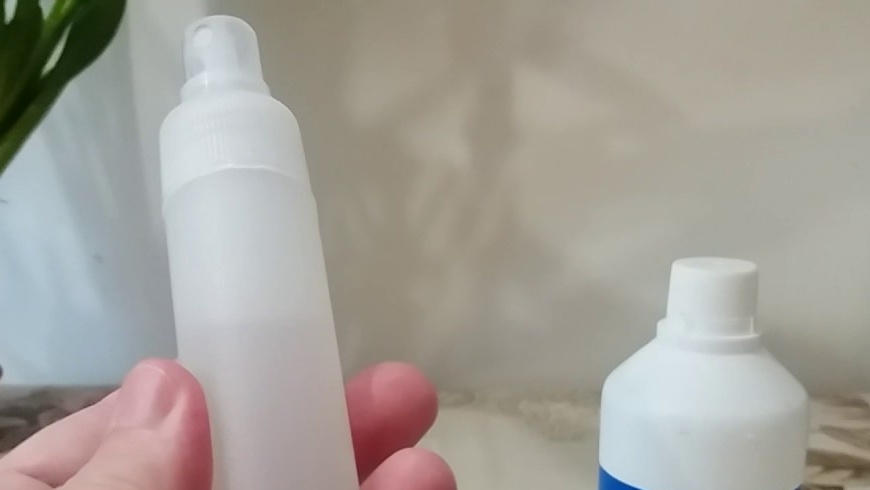 How to use hydrogen peroxide for orchids and why
How to use hydrogen peroxide for orchids and why Midges are wound up in the orchid: effective ways to get rid
Midges are wound up in the orchid: effective ways to get rid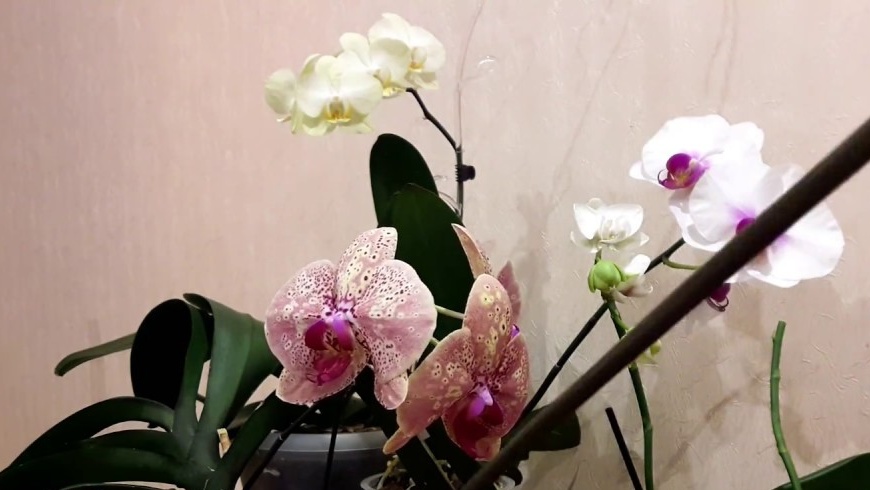 Is it possible to transplant an orchid during flowering
Is it possible to transplant an orchid during flowering